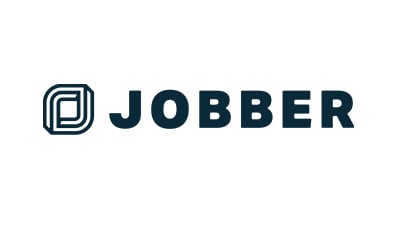There are two main ways to start selling online—build it yourself, or join an online marketplace. Here are some considerations to help decide which option is right for your business.
Boost your online sales
Option 1: Build it yourself
The ease of shopping online has created enormous opportunities for businesses large and small. Brick-and-mortar retailers can expand sales by offering 24/7 access to products. Online-only stores can build a presence while saving on retail store costs.
Get organized: Organize products into logical categories. Use high quality photos, accurate descriptions, and updated prices/promotions.
Keep it simple: Avoid overloading your customers with buttons to click or pages to open. Ideally, a customer should be able to complete a purchase in 4-6 clicks.
Be consistent: Keep your branding (logo, colors, tone of voice) consistent. Your online store might be the only place your customers interact with your business.
Supply and distribution are key: Make sure you have a smooth supply and distribution process in place before you go live.
Test delivery: If you’re offering next-day delivery, test it before you launch, especially if working with a third-party distributor.
Embrace automation: Set up an automated email process for order confirmations, invoices and receipts, shipping notifications and feedback requests.
Stay vigilant: Check your security settings and reports regularly to stay ahead of new threats.
Schedule checkups: Set a schedule (weekly or monthly) for checking that products are up to date, prices are correct, and links are still active. Also, don’t forget to check that your security and payments subscriptions and certificates are up to date.
Analyze then tweak: Take time to pore over your site analytics and reporting. You might find that a particular page has a high bounce rate, only to discover that a button is inactive. With any website, constant tweaks and improvements are the key to success.
Spread the word: Offering customers sneak previews or advance discounts for upcoming sales are a couple of simple ways to get the word out about your online presence.
Option 2: Join an online marketplace
Online marketplaces might seem counterintuitive. Why would you sell your flowers right next to other florist competitors? Because a single florist isn’t likely to draw as large a crowd as several florists each with different flowers, which draw customers buyers eager to see options.
An online marketplace transfers the experience of a street fair and farmers market to the web. With thousands of other products, buyers get to browse and buy a variety of goods.
Three reasons to use an online marketplace

Reach new customers
Access a marketplace’s existing audiences and take advantage of advertising options that many marketplaces offer.

Spend less attracting new customers
Your business becomes easier to find. Customers can find your business via search.

Skip the work of setting up a website
Start selling faster by joining a marketplace, rather than setting up your own online website and store.
Choosing an online marketplace
Here are some factors to keep in mind when evaluating marketplaces:
Quantity and quality of visitors: Some marketplaces aim to sell every type of product and service you can imagine; others focus on specific categories. The more focused marketplaces will offer fewer potential customers, but they may be more likely to buy from you.
Costs: Marketplaces usually charge a flat fee for listing your products and/or a percentage of your sales.
Customer resolution: Online marketplaces typically mediate disputes between buyers and sellers. Resolution policies differ and some may be more or less generous to the buyer or seller.
Branding opportunities: Some marketplaces offer more options displaying your brand to their customers.
Making the most of your marketplace presence
Here are some tips to stand out:
Photography: Online shoppers love photos.
Reviews can help: Encourage your best customers to leave a positive review.
The art of tagging: Online marketplace search results are usually based on tags. The secret to picking good tags is to put yourself in the shoes of your customers: what words would they use to search for your product?
Tagging, part 2: Check out what tags your competitors are using.
Start small, test and learn: Getting your presence right in an online marketplace will take time, and the likelihood is you may not get it right the first time. A good approach is to start small, with just a single product. This will give you enough time to ensure that you have the product and product description, specifications and photography needed, meaning that when your customers land on your business profile they will be even more tempted to buy your product.
eCommerce solutions
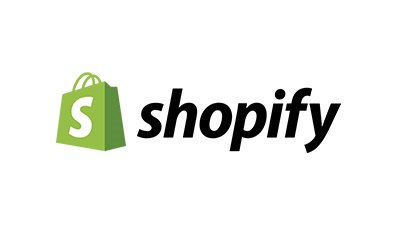
An eCommerce platform that provides you with everything you need to start, run, and grow a business.
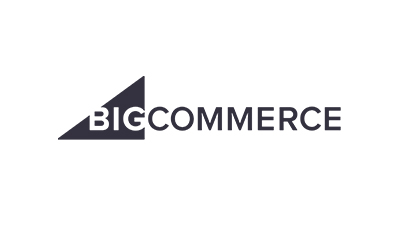
BigCommerce is an easy way to build, run, and grow a better online business.
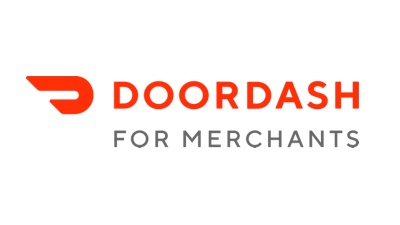
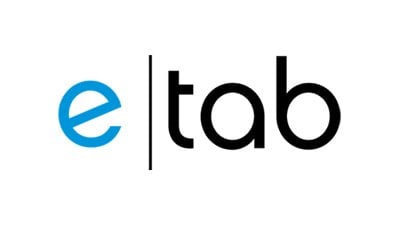
e|tab Online Ordering creates custom branded online ordering platforms for businesses.
More digital starting points
Other guides for getting started with online optimization.
Disclaimer: No Legal Advice Intended
This site provides general information related to creating and running a business. The content of this site is for informational purposes only and not for the purpose of providing legal or tax advice or opinions. The contents of this site, and the viewing of the information on this site, should not be construed as, and should not be relied upon for, legal or tax advice in any particular circumstance or fact situation. No action should be taken in reliance on the information contained on this site, and Visa Inc. disclaims all liability in respect to actions taken or not taken based on any or all of the contents of this site to the fullest extent permitted by law. You should contact an attorney to obtain advice with respect to any particular legal or tax issue or problem, including those relating to your current or potential business.
The contents of this site have been developed for a U.S. audience.

